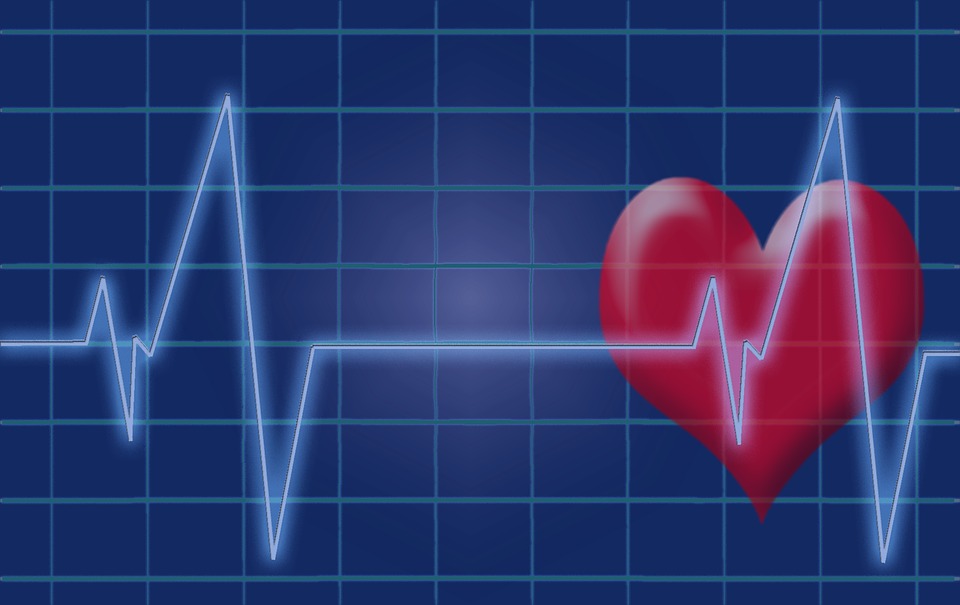Smartphone cameras reveal clues about the health of a person’s heart
Engineers in California have shown that smartphone cameras can non-invasively provide detailed information about the health of a person’s heart.

The team from Caltech, Huntington Medical Research Institute, and the University of Southern California (USC) developed the technique that infers the left ventricular ejection fraction (LVEF) of the heart. It does this by measuring the amount that the carotid artery displaces the skin of the neck as blood pumps through it.
LVEF represents the amount of blood in the heart that is pumped out with each beat. In a normal heart, this LVEF ranges from 50 to 70 per cent. When the heart is weaker, less of the total amount of blood in the heart is pumped out with each beat, and the LVEF value is lower. LVEF is a key measure of heart health and is used by doctors when making diagnostic and therapeutic decisions.
"In a surprisingly short period of time, we were able to move from invention to the collection of validating clinical data," said Caltech's Mory Gharib, senior author of a paper on the study that was published in Journal of Critical Care Medicine.
Register now to continue reading
Thanks for visiting The Engineer. You’ve now reached your monthly limit of news stories. Register for free to unlock unlimited access to all of our news coverage, as well as premium content including opinion, in-depth features and special reports.
Benefits of registering
-
In-depth insights and coverage of key emerging trends
-
Unrestricted access to special reports throughout the year
-
Daily technology news delivered straight to your inbox










Scientists boost air pollution simulation
In the interest of factual accuracy, the commonly used particle sizes of concern for monitoring air pollution are PM10 and PM2.5, which are sub 10 and...